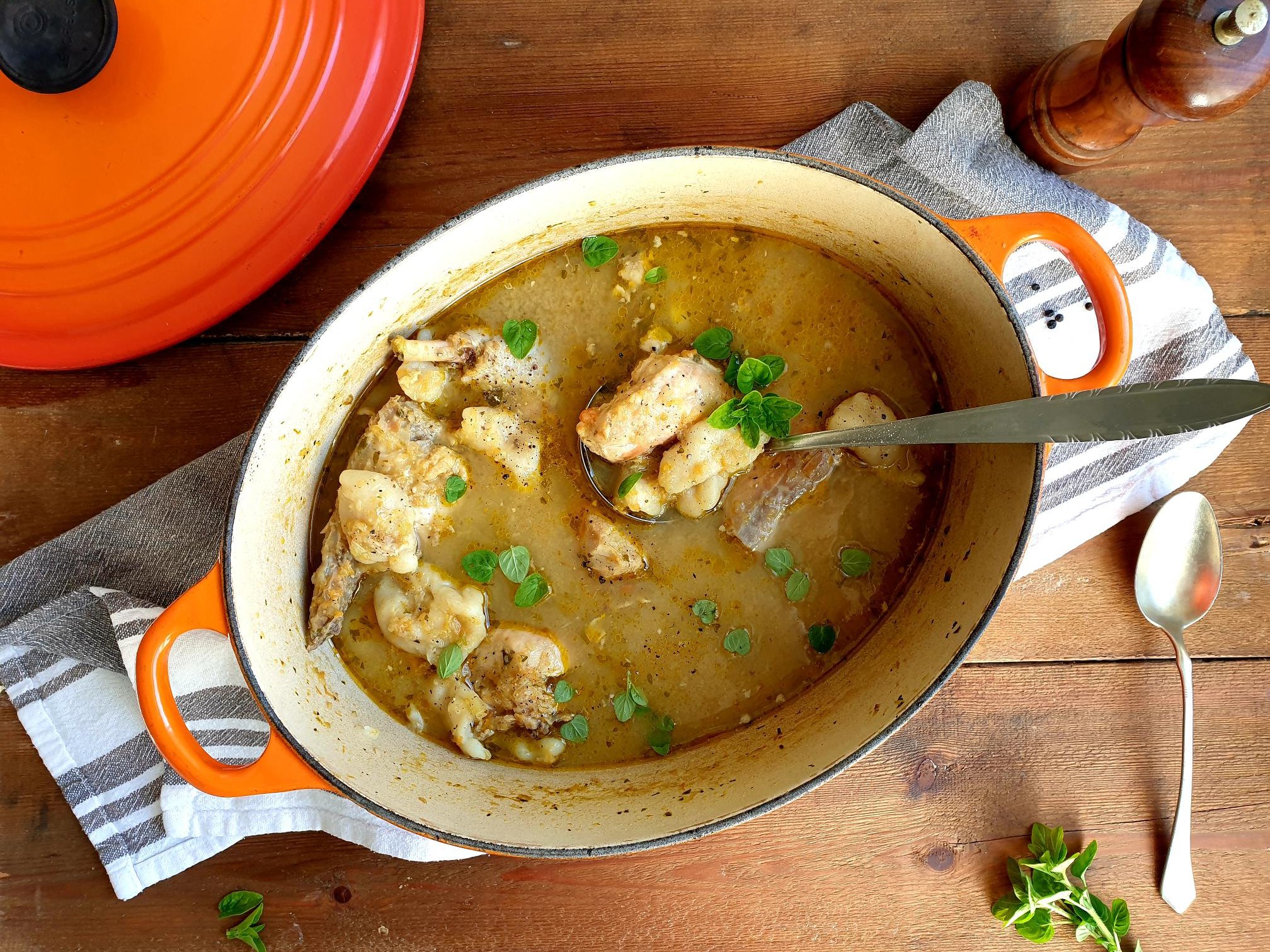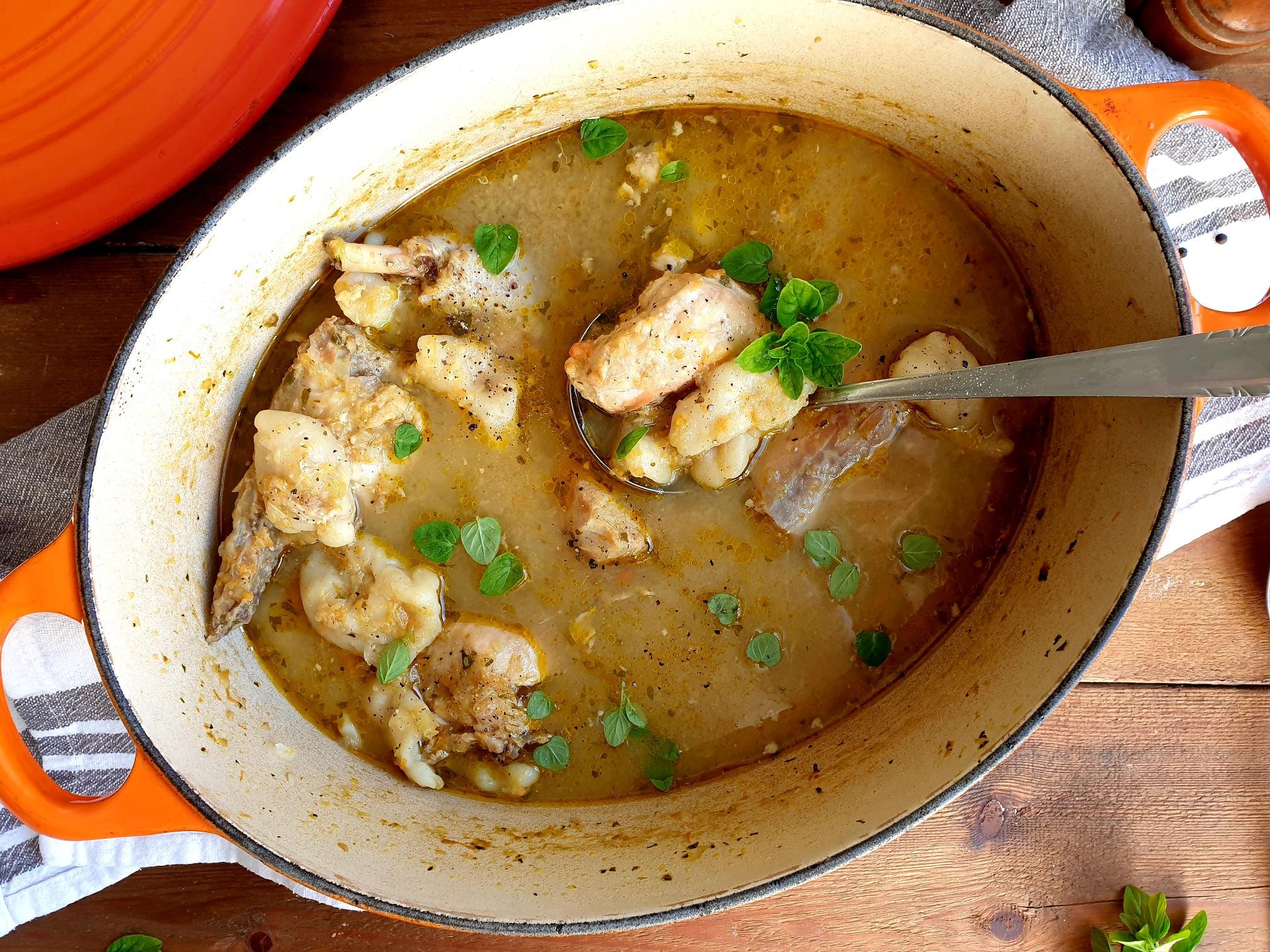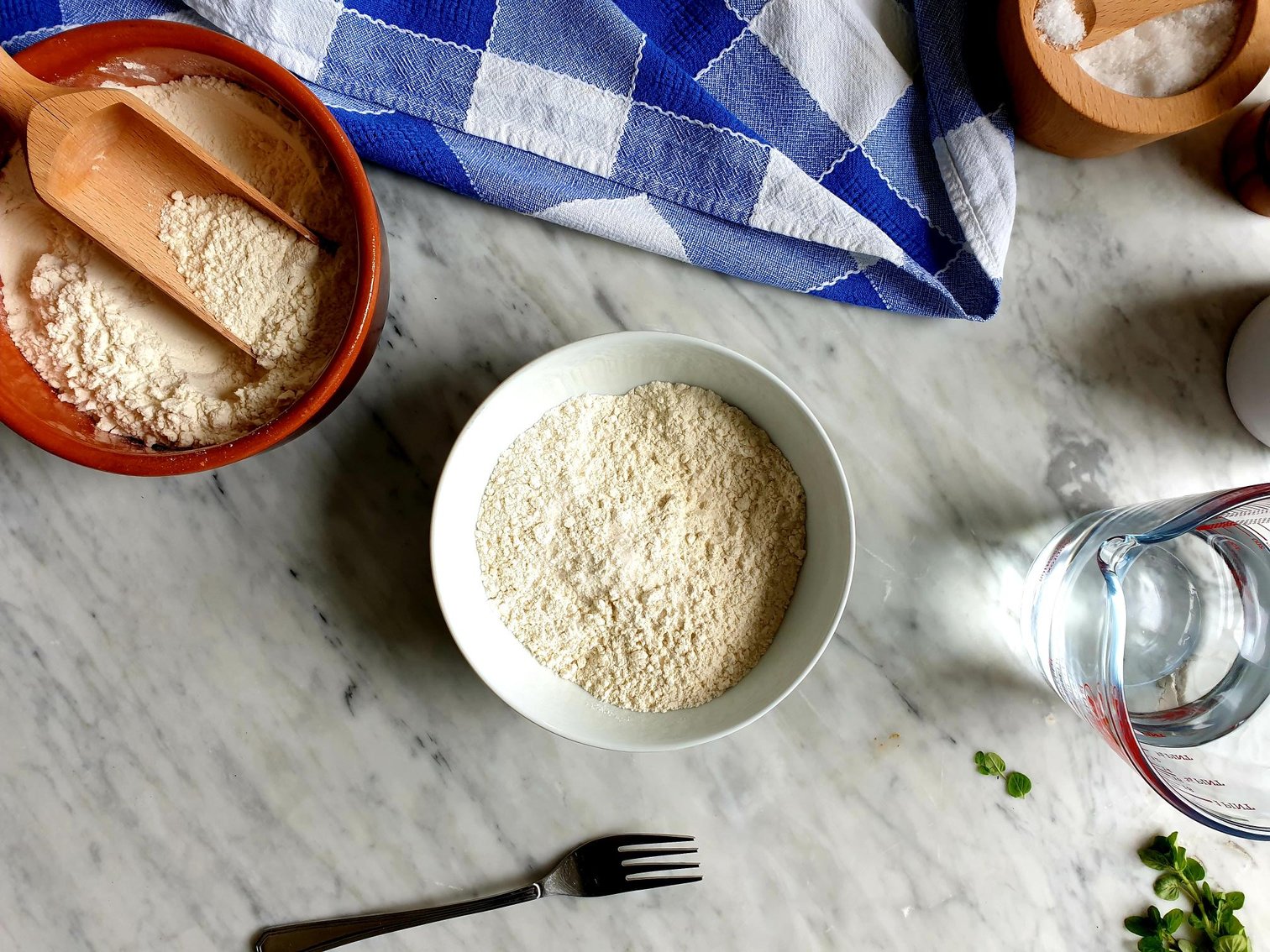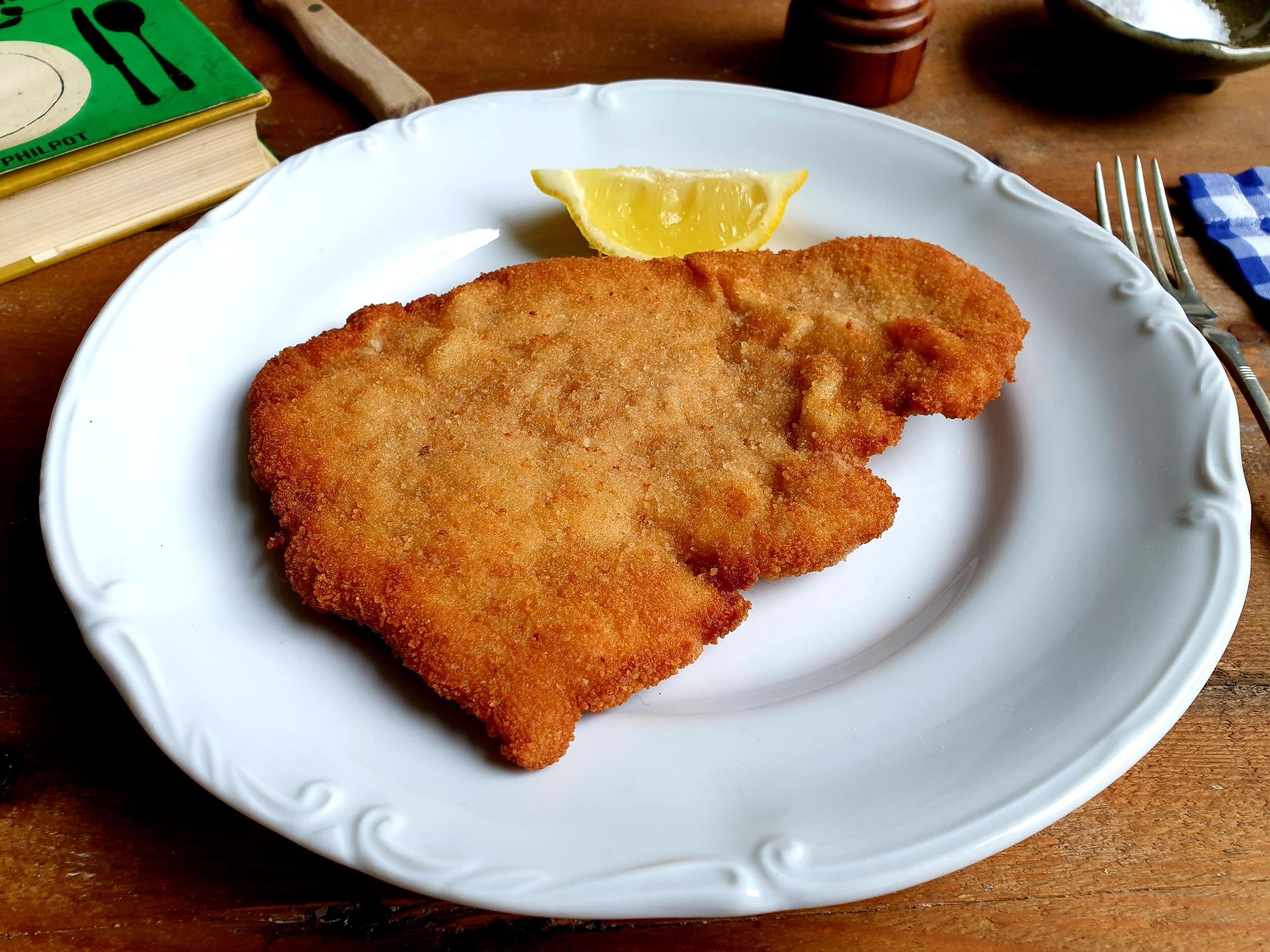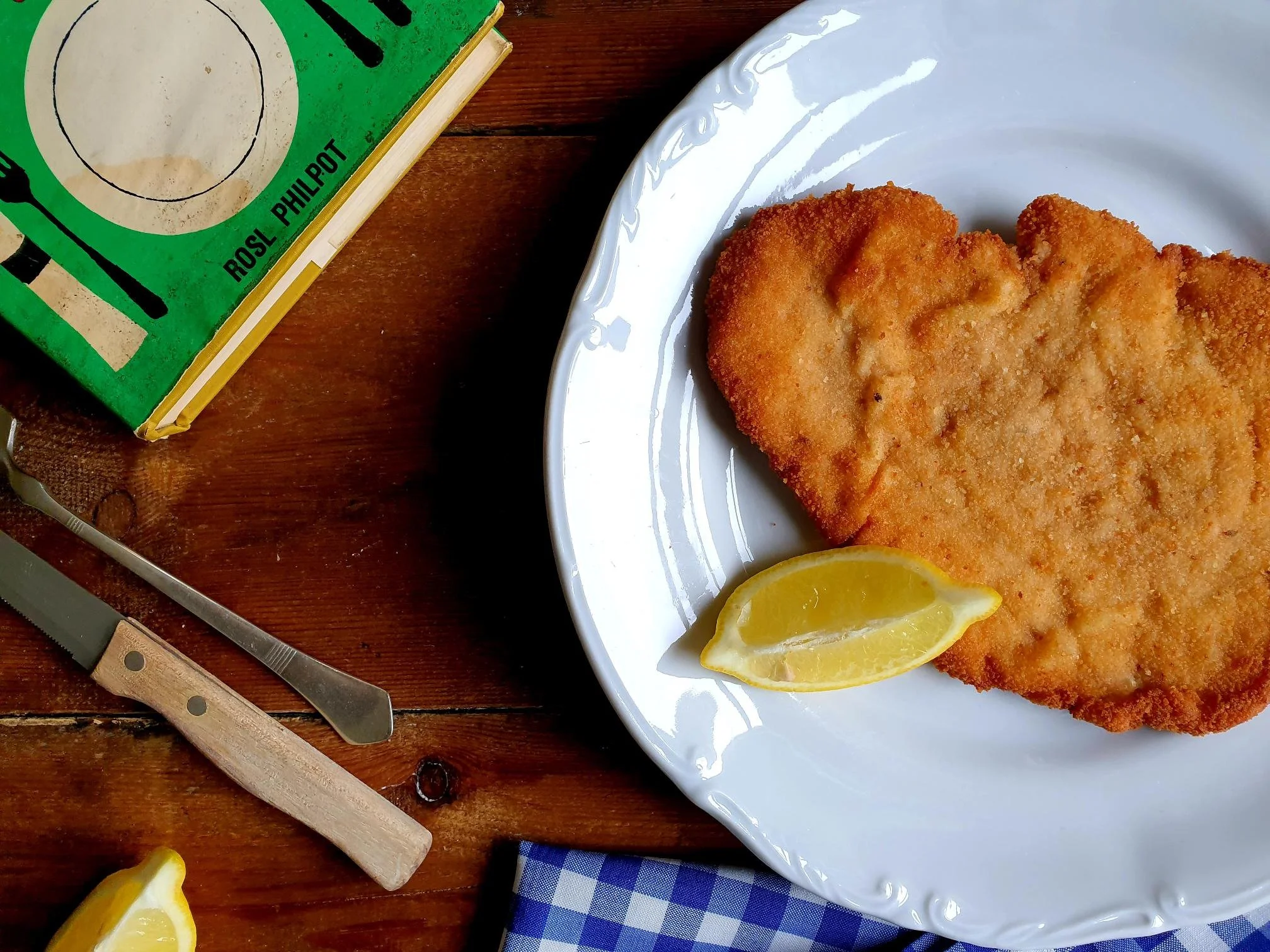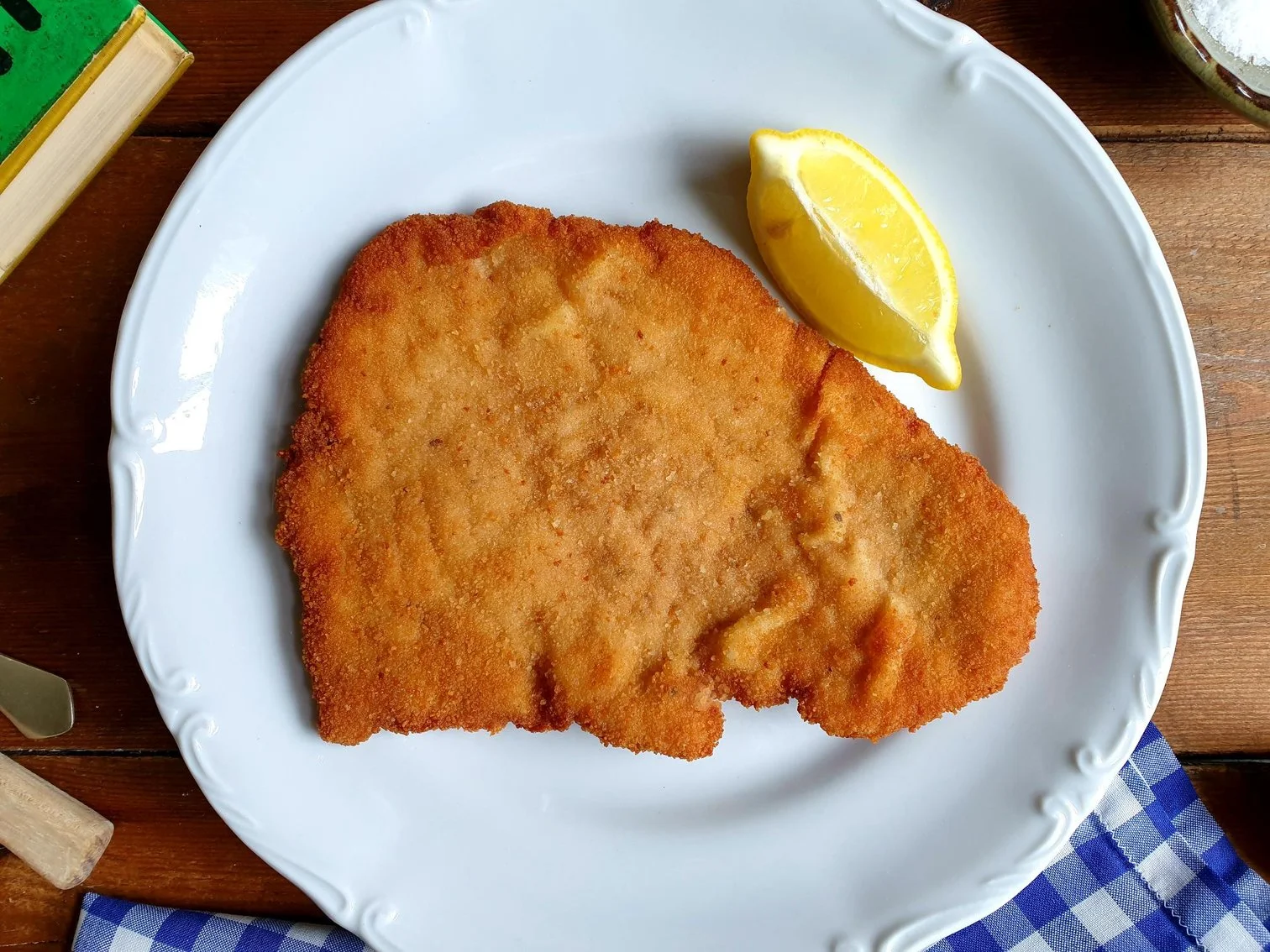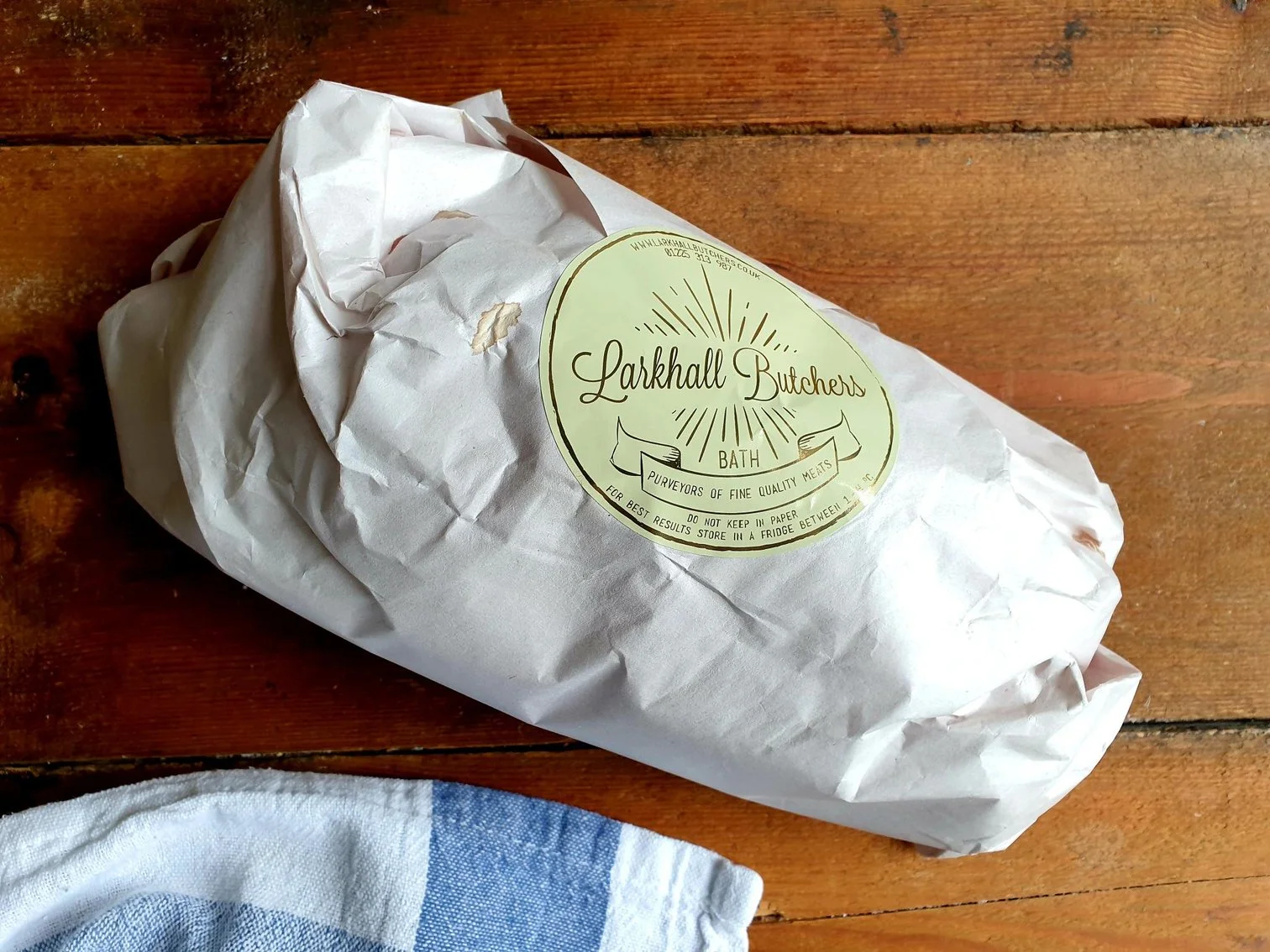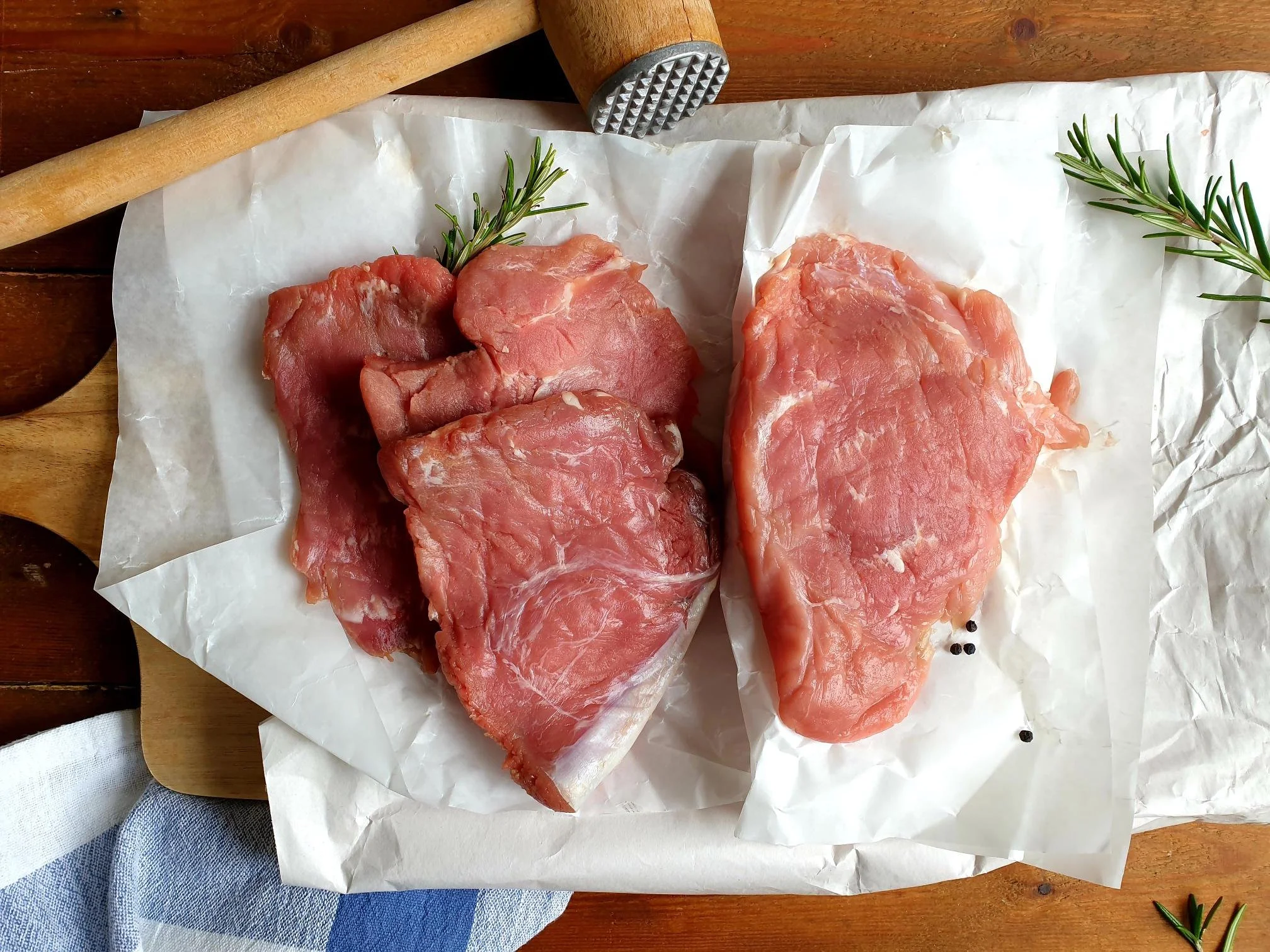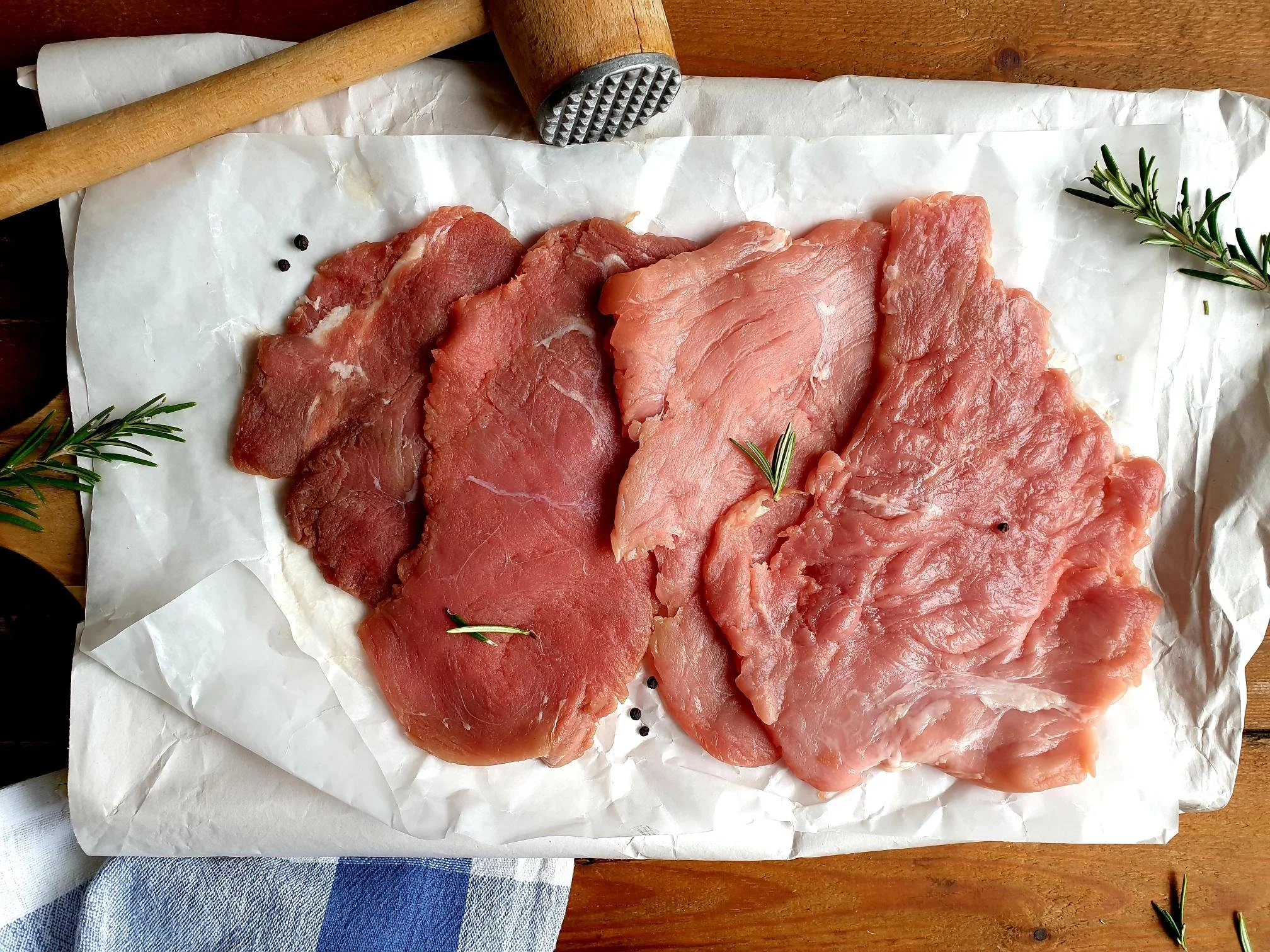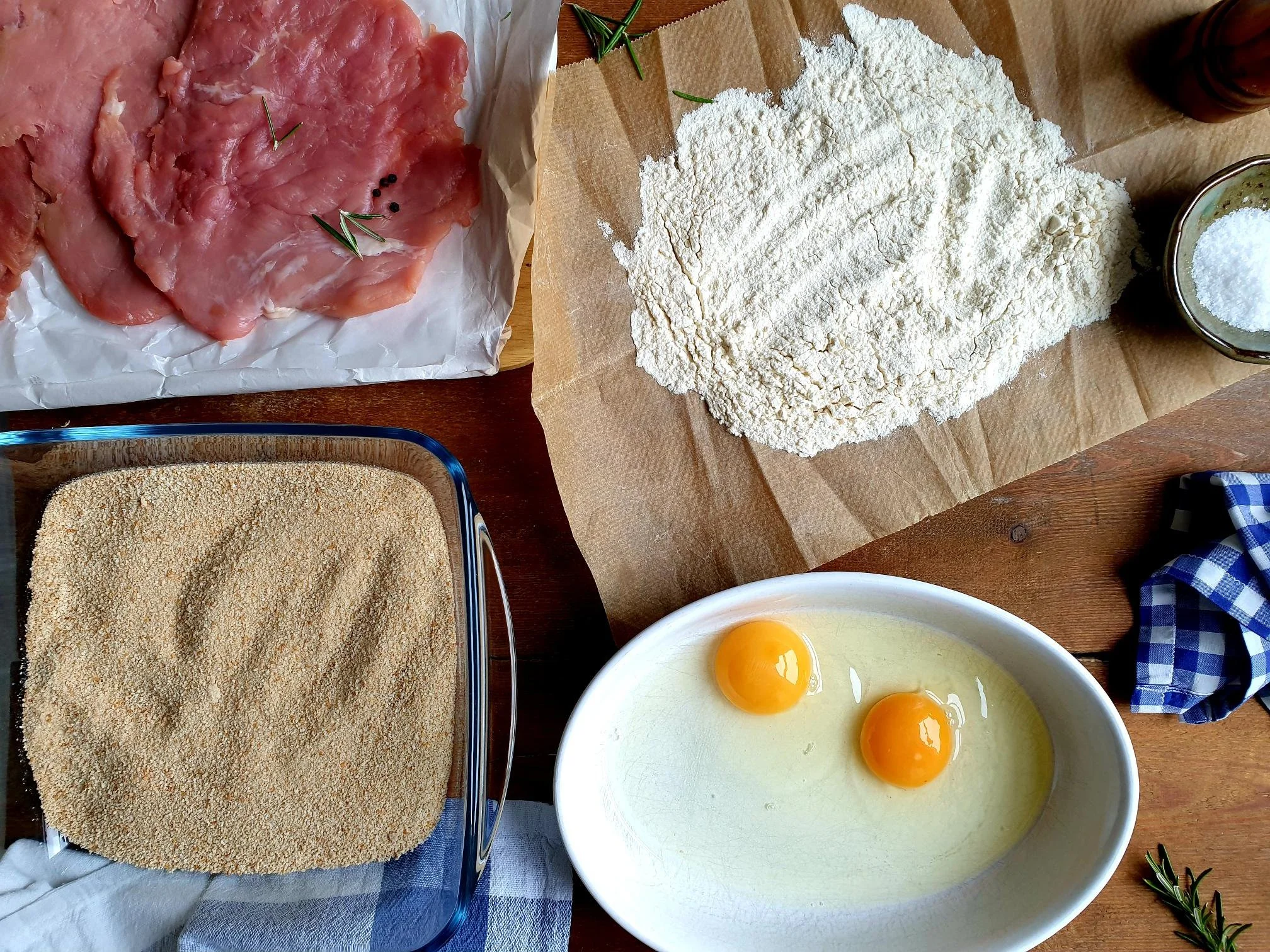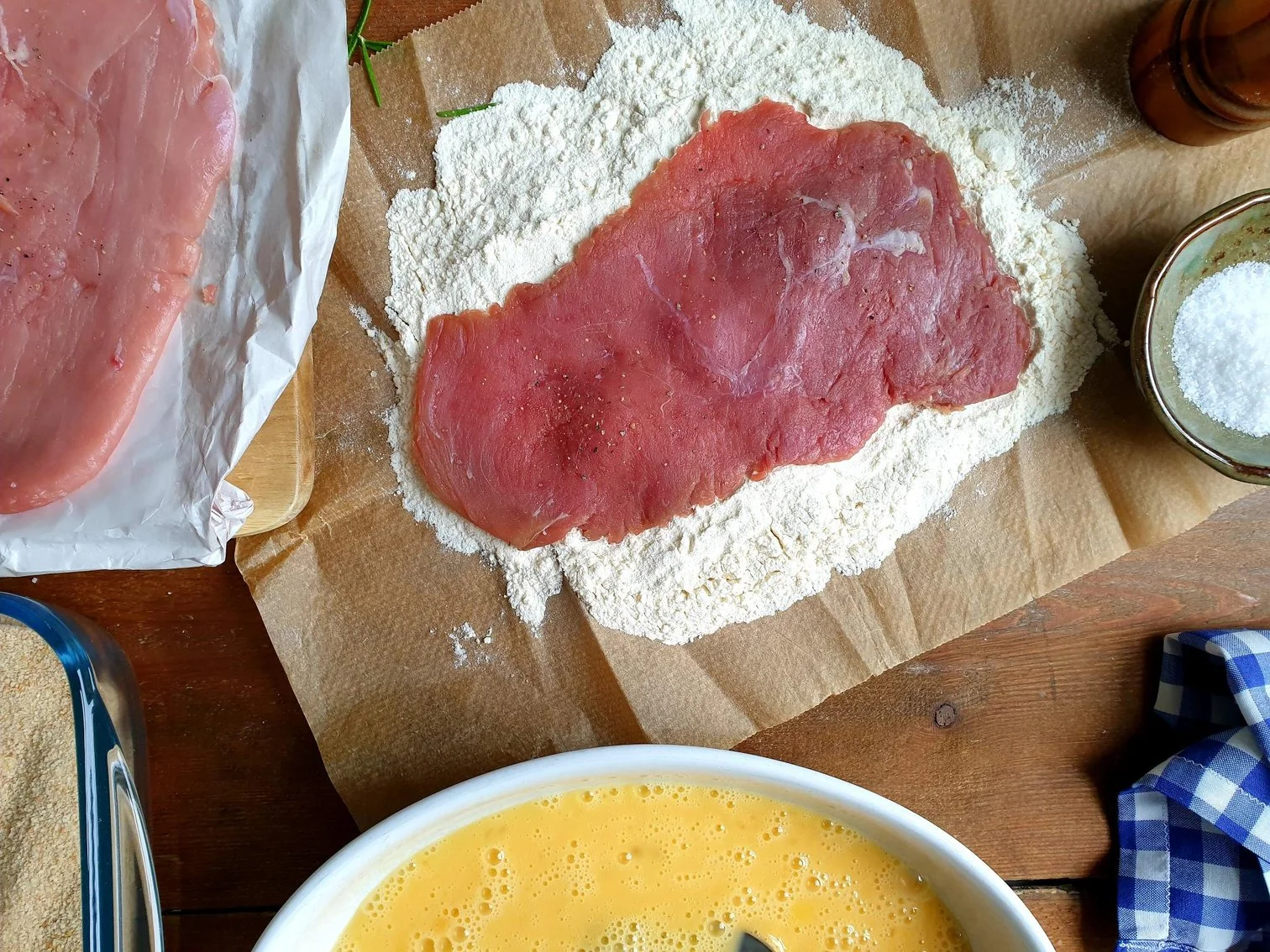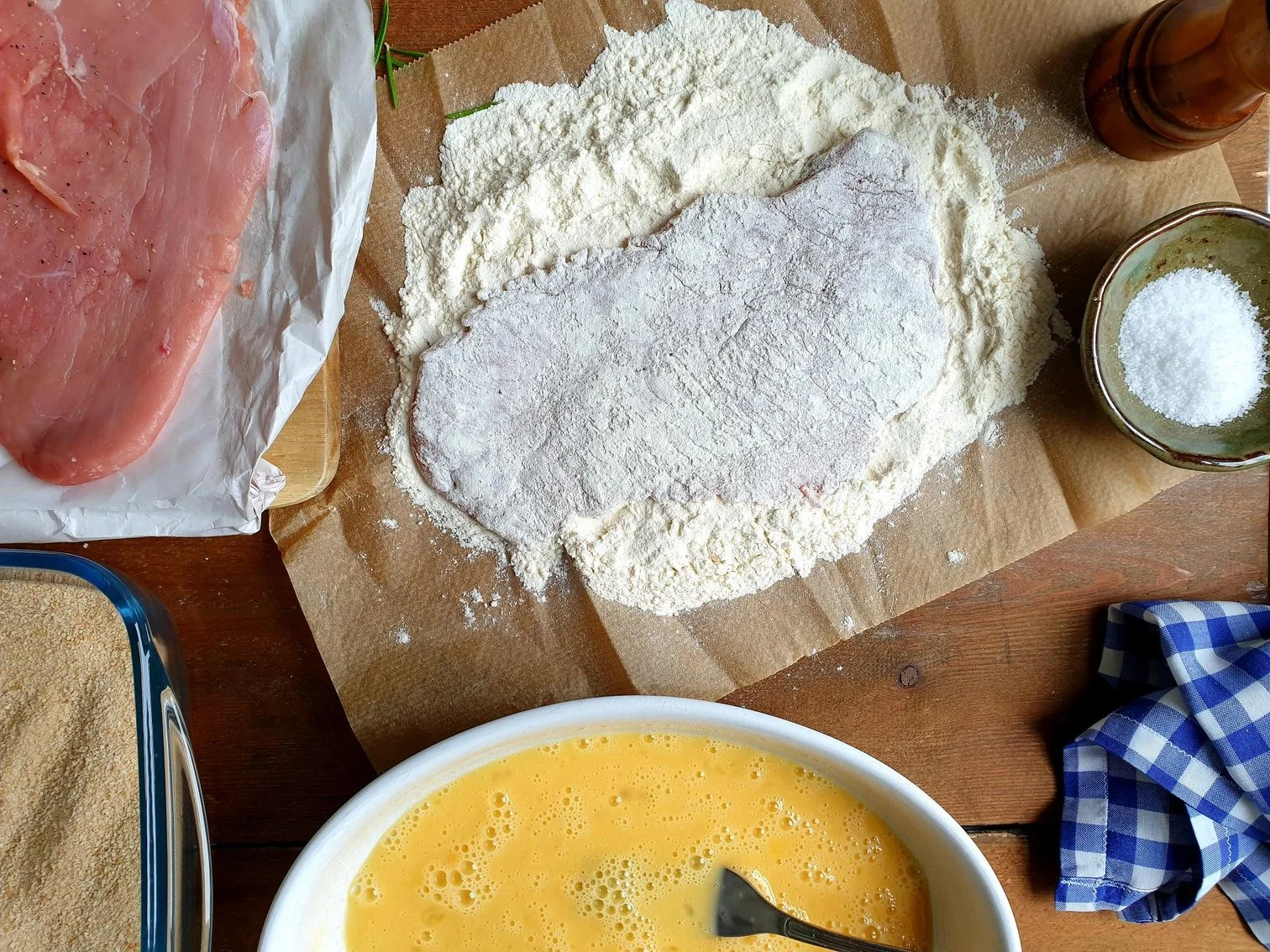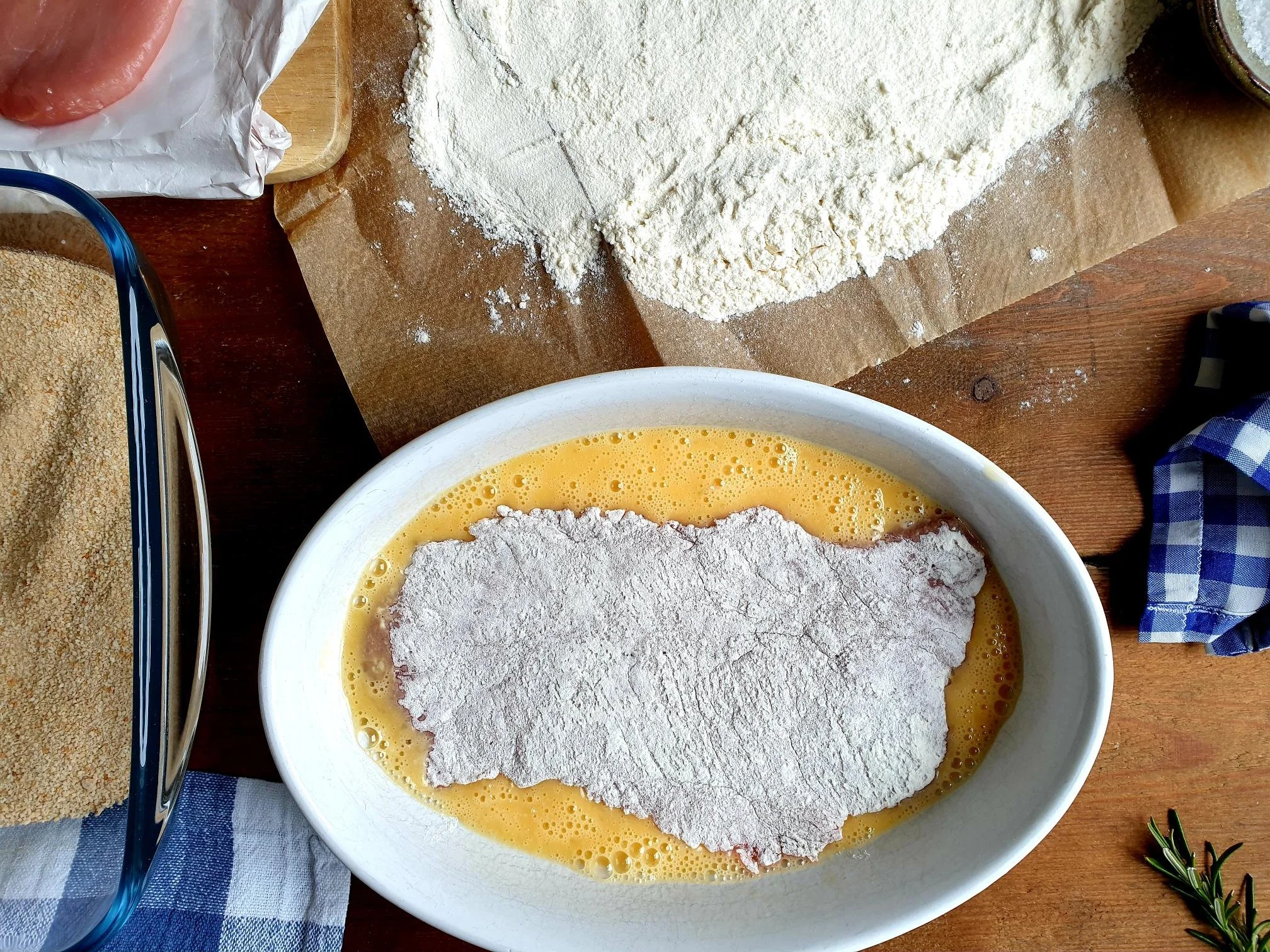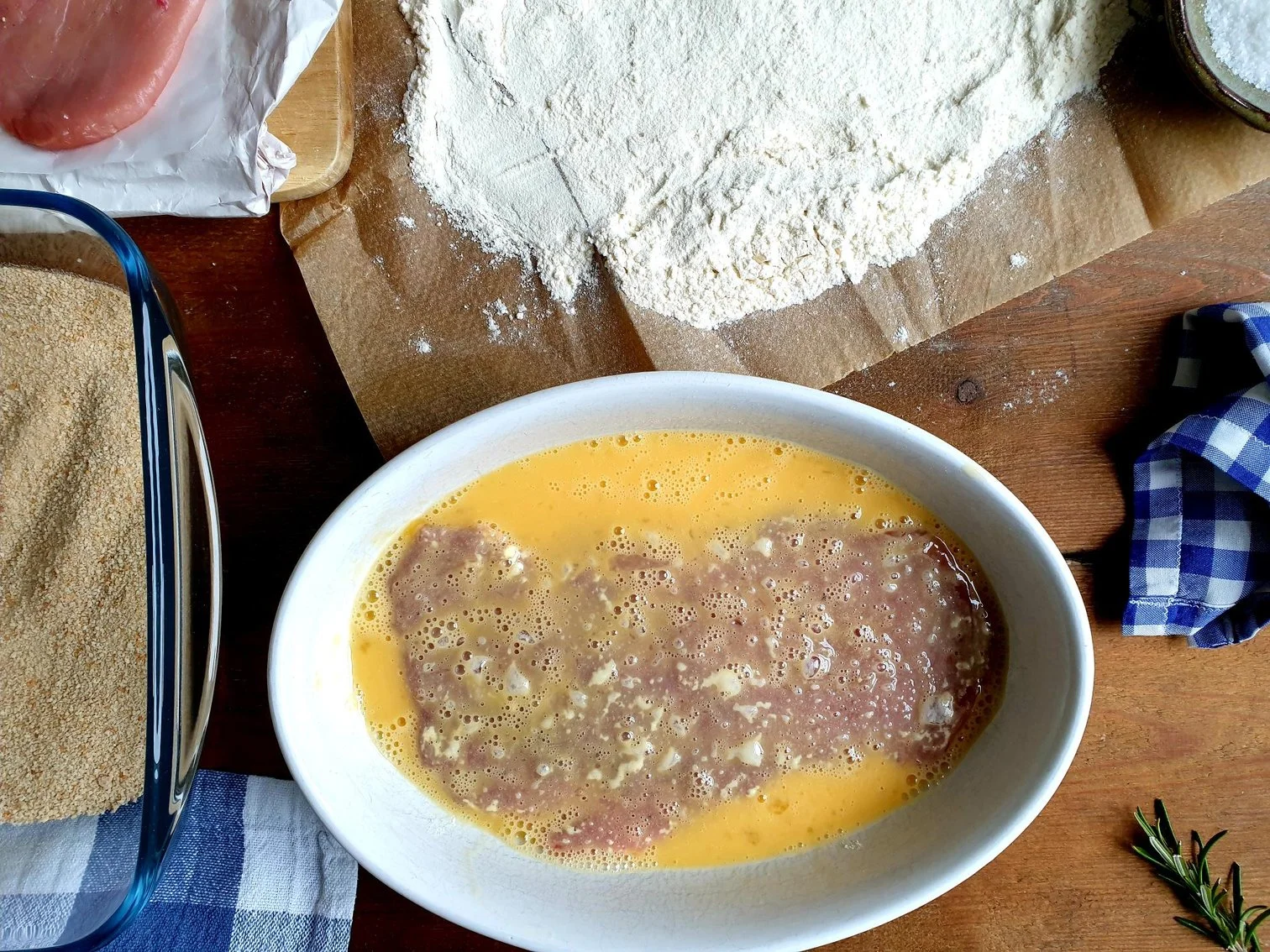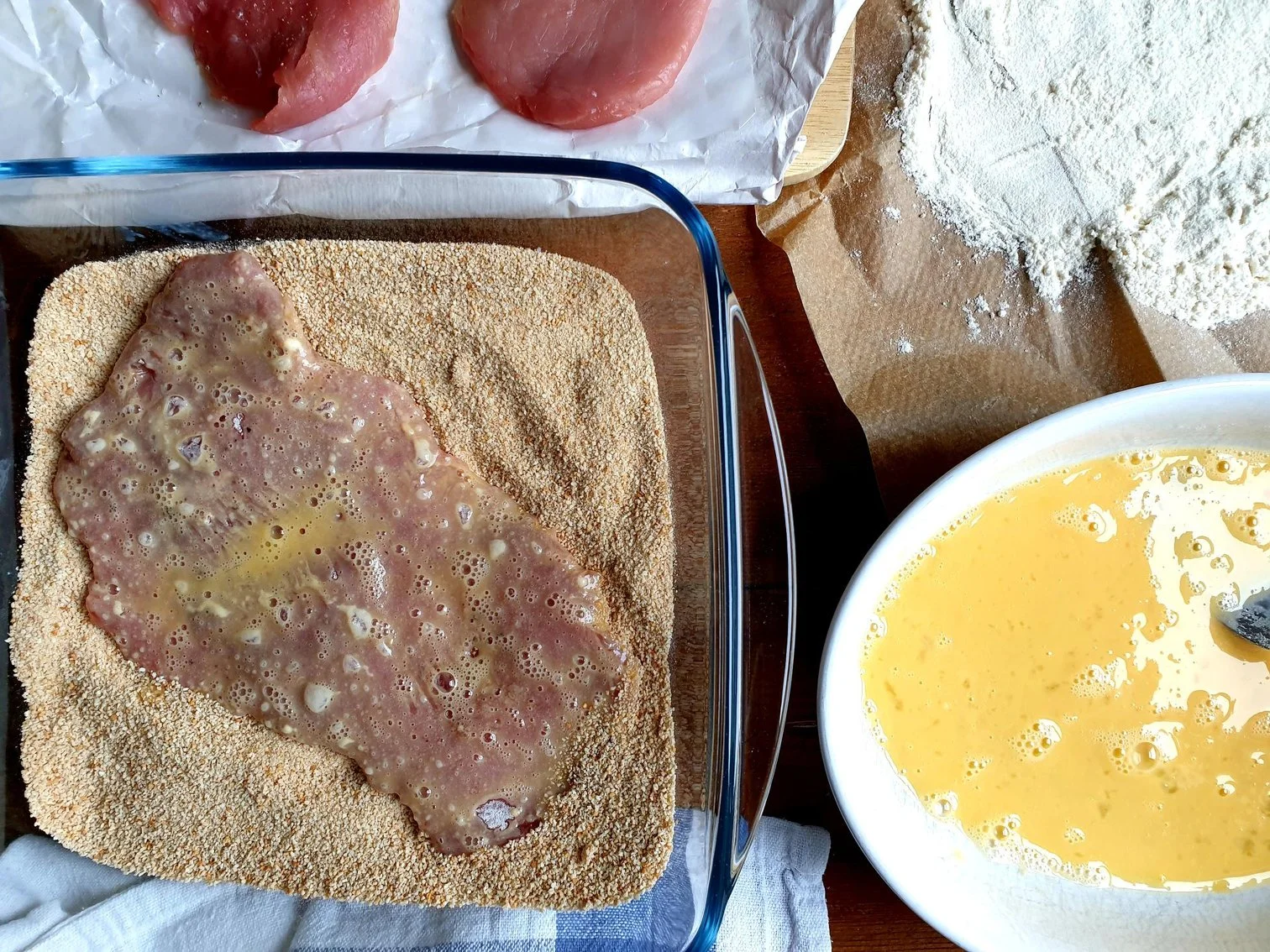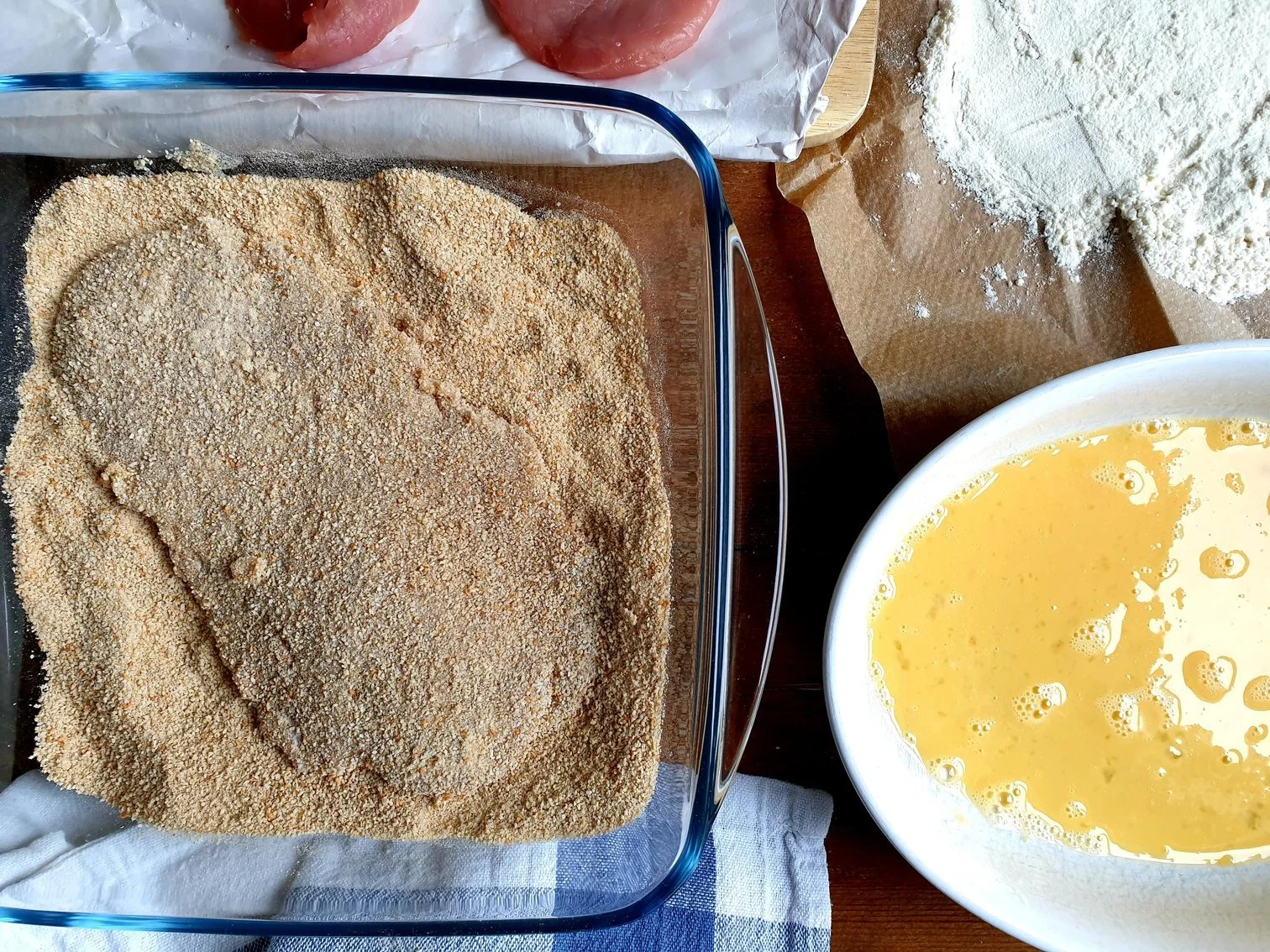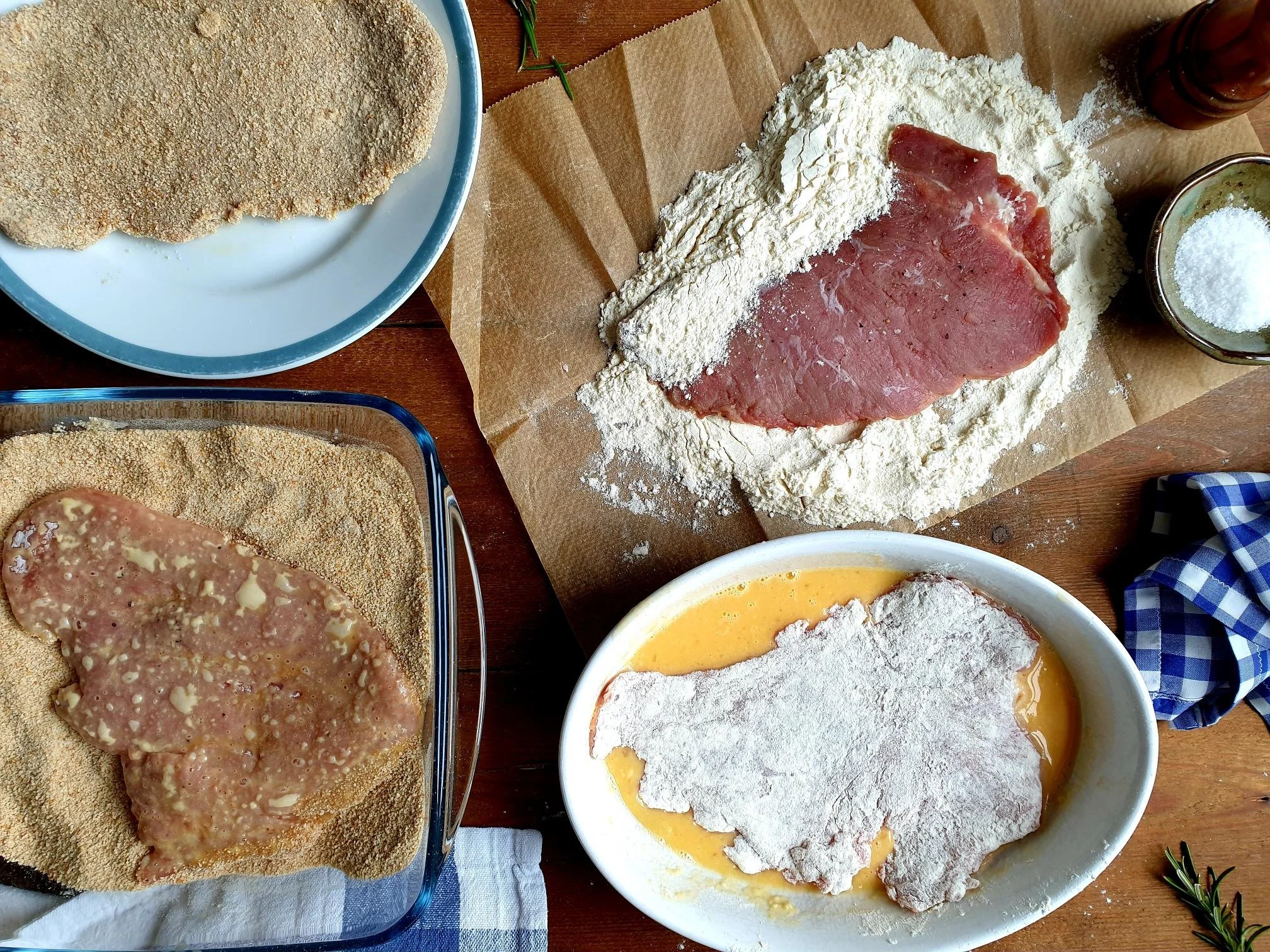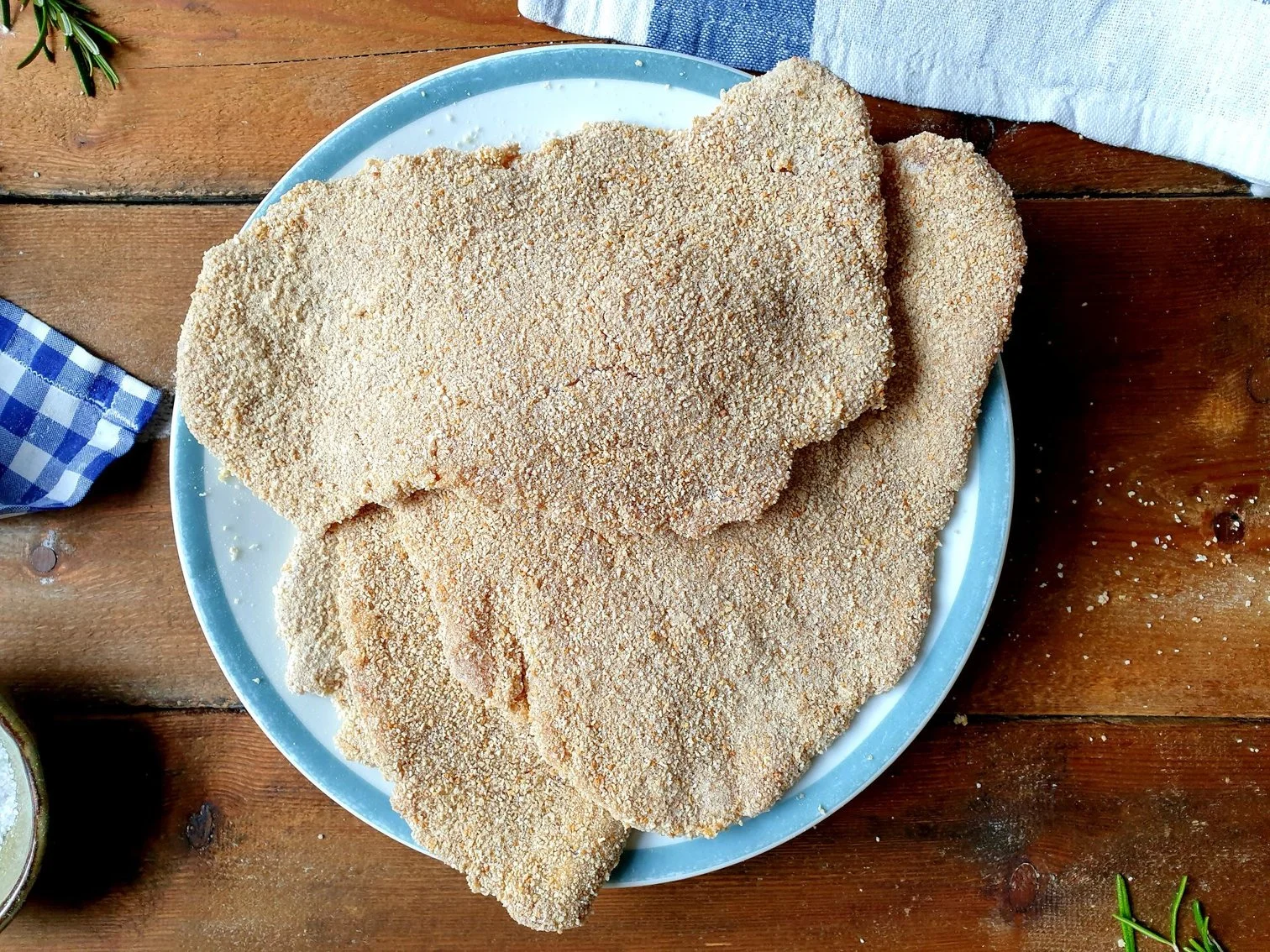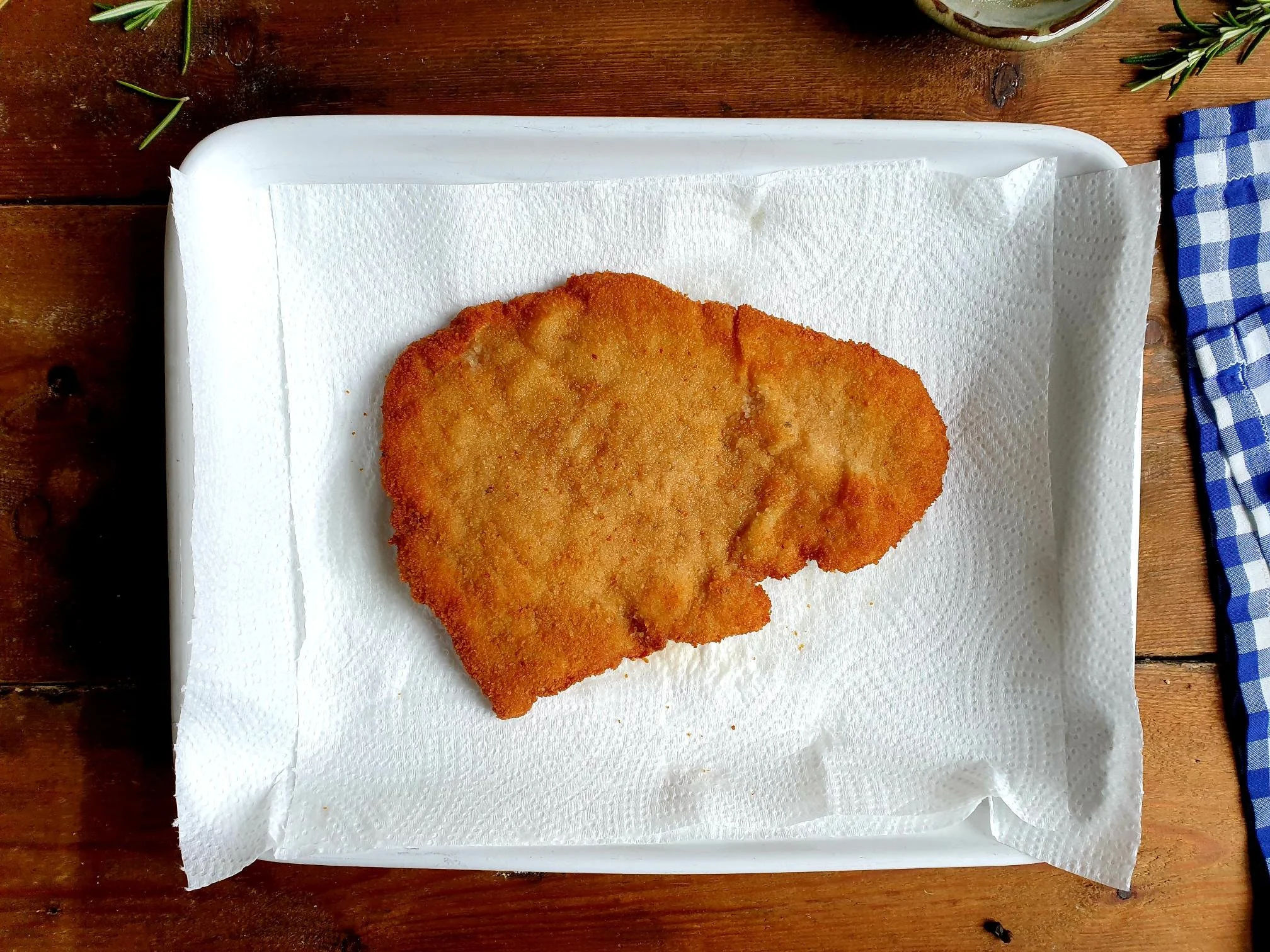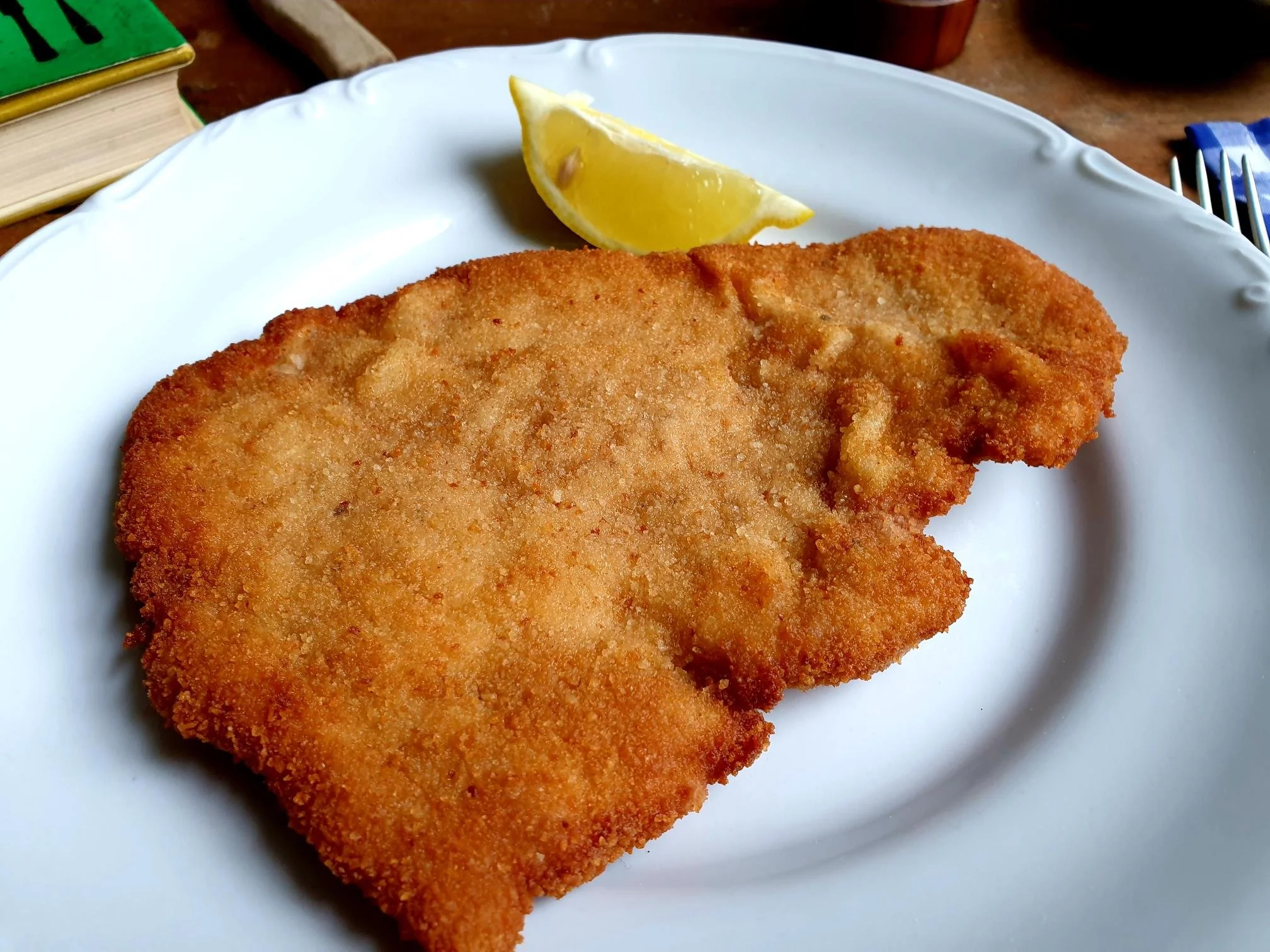Chicken Stew with Simple Dumplings (Obara) Istrian Style Recipe
This dish must be one of the most comforting foods ever. It is rustic, homely, authentic, it showcases true simplicity at its best, and best of all it is incredibly easy to make.
Onions, celery, carrots, and pieces or chunks of chicken are slowly cooked until the vegetables are completely soft and the chicken slightly browned. Then the water, fresh marjoram, and the seasoning are added, and the stew is then gently boiled for less than an hour. The simple dumplings are then cooked in the hot stew giving it a slightly thicker and velvety consistency.
This dish is part of the traditional Slovenian cuisine (known as Piščančja or Kokošja obara or simply known as Obara) and is very popular up and down the country, with a different regional variations along the way. An array of vegetables (peas, celeriac, cauliflower, leeks etc.) and herbs (thyme, bay leaf, parsley) can be added to the stew. It is cooked in households on a regular basis and can sometimes be found in rustic style restaurants, and then it is eaten as independent meal (main dish).
My paternal grandmother (nona Nada) and my maternal grandfather (deda Anton) made the very best, and they always took a great care and pride to cook one of the humblest peasant dishes.
They both told me that this stew was made from the old chickens that no longer laid the eggs – so everything was used, and nothing was wasted. The meat was quite hard, and tuff and it needed hours of cooking in order to become more tender, but it did provide a very flavoursome and tasty stew. It was then served with simple flour dumplings floating elegantly on top, and sometimes an egg would be added to the basic flour batter for extra richness (one of the variations on the dumplings recipe calls for semolina flour).
This stew is one of the top favourite dishes in the family, and here I am sharing the recipe of my grandparents from Slovenian Istra.
The recipe for the dumplings used for this stew are inspired and originated from Austrian style gnocchi called Nockerel (the batter is made with eggs and flour, then they are cooked in hot boiling water and eaten as a main dish with different sauces, beef goulash being the most common one).
This gastronomic influence will come as no surprise as Slovenia is geographically very close to Austria and was once also ruled by the Austro- Hungarian Empire.
Recipe
Ingredients for the stew
Serves 4-6
1 big onion (about 220g), peeled and finely chopped
1 carrot (about 100g), peeled and finely chopped or finely grated
1 celery stick (about 40g), finely chopped
2 Tbsp olive oil
700g roughly of chicken meat like tights, drumsticks, wings, breast
(chicken pieces that you choose can be on the bone or without, with the skin or skinless, bear in mind that the skin will give the stew more flavour but can also make it too oily and greasy and potentially unpleasant to eat).
For this recipe I used ½ of the whole chicken and cut it in smaller random sized chunks and removed most of the skin.
1 generous Tbsp fresh marjoram, very finely chopped (you can also use dry marjoram)
1 Tbsp white flour
2 litres of water
sea salt
black pepper
Ingredients for the dumplings
200g white plain flour
150ml roughly water
sea salt
Method
Place the olive oil in a stewing pan and add finely chopped onions, celery, finely grated carrots, and the chicken meat.
Season with sea salt and black pepper and cook altogether, very slowly on gentle heat, stirring quite frequently until the vegetables cook down completely and become soft and the chicken is lightly brown and caramelized on the outside. This could take up to 45 minutes, but it is crucial for the success of the dish.
Sprinkle with flour and stir, then add the water, chopped marjoram, and bring to boil.
Turn the heat down, partially cover with the lid, and cook gently for about 45 minutes.
While the stew is cooking prepare the batter for the dumplings.
Put the flour in a bowl and add a pinch of sea salt.
Gradually start pouring the water and mix with the fork until you get the consistency of a quite thick pancake batter. Beat the batter until it gets quite stiff and lump free. Set aside and leave to rest until the chicken stew is cooked.
Taste the stew and adjust the seasoning with sea salt and black pepper.
Remove the chicken pieces form the stew. Remove the skin and the bones.
To make the dumplings dip the spoon into the gentle boiling chicken stew (this should prevent the batter sticking to the spoon).
Simply scoop up with a side of a teaspoon a bit of batter and gently drop it in the stew (dipping the teaspoon into the hot stew will help the batter just slide off the spoon, if it does not, help yourself with another spoon).
Repeat the process and drop the dumplings into the hot stew one by one until you finish all the batter.
Cook the dumplings for about 5 minutes in gently boiling stew (do not boil the stew aggressively).
Put back in the stew the pieces of chicken (free of bones and skin) and serve hot immediately.
Just a thought
This stew, like most stew and soups, is best made in advance.
You can keep cooked chicken stew in the fridge in an airtight container for about two days.
This dish freezes very well.
Dumplings can be made using buckwheat flour instead of white plain flour and the amount of water needs to be adjusted accordingly (different types of flour absorb different quantities of liquid).
Dumplings can also be made using the eggs. Crack one egg into a bowl and whisk gently. Add a pinch of sea salt, plain white flour and water as needed to obtain a fairly thick batter.
You can also use two eggs and white flour without the addition of water.

